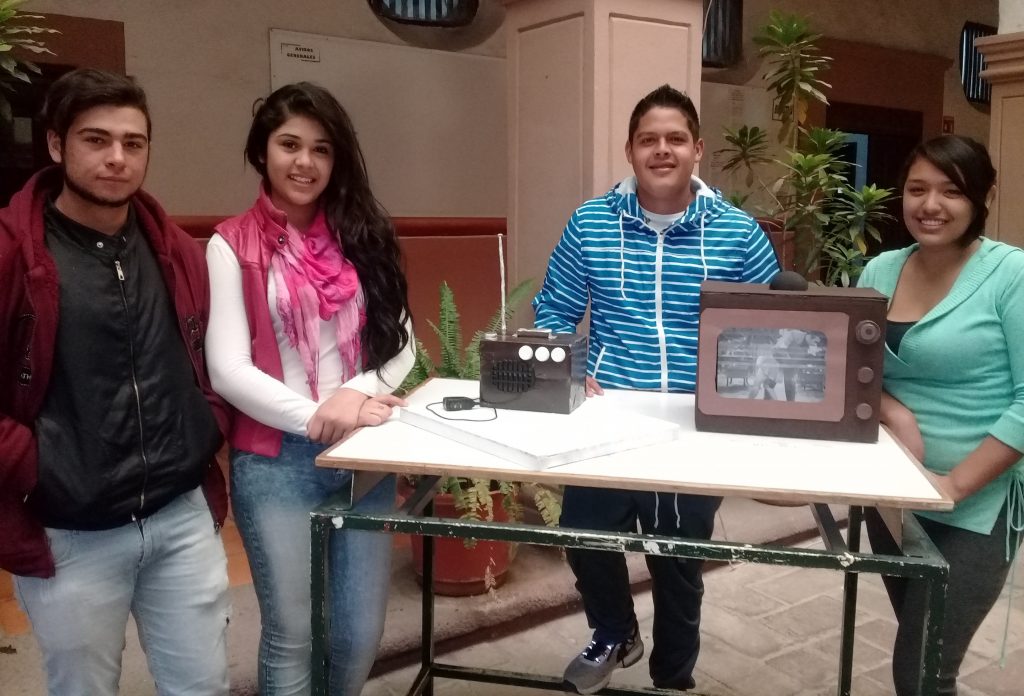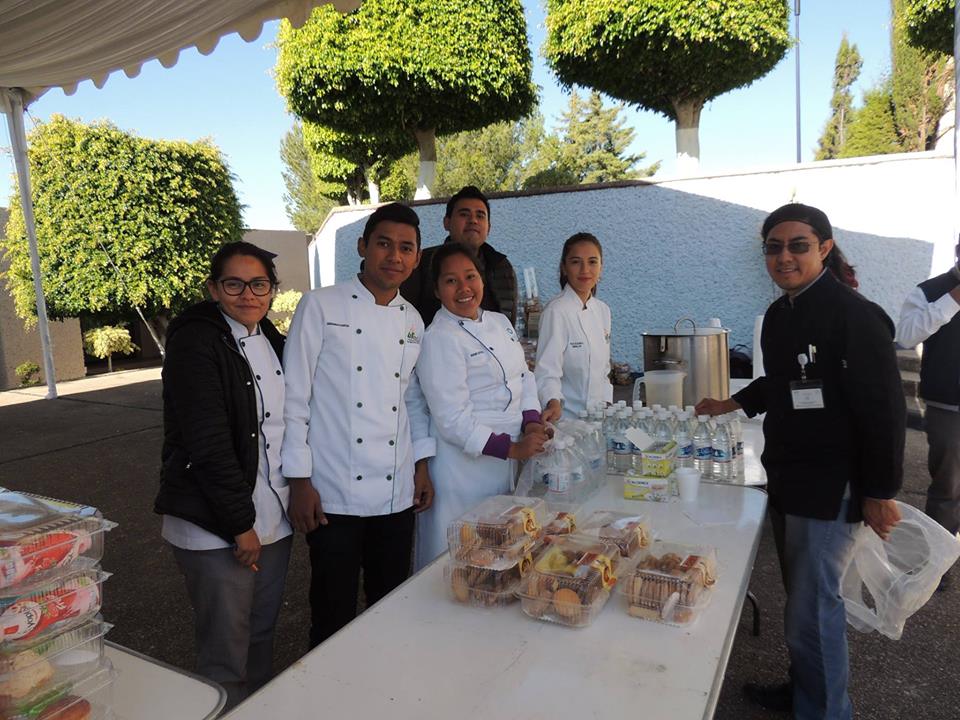By Carola Rico
Yo Soy San Miguel, a civil association (AC), held a forum called Higher Education in San Miguel and Its Contribution to Municipal Development. Three different sources presented how public resources are allocated to education and the lag of the heritage city and the region in this area. This citizen participation forum makes us reflect on the importance of secondary and higher education in our community and the challenges we face.
There were many participants in this forum: Fiorentina García Miramón, a professor; Fernando Balderas, founding partner of SSG Instituto Tecnológico Sanmiguelense; Ana Karen Rodríguez, head of the Department of Higher and Upper Secondary Education of the regional delegation of the Offices of Education in Guanajuato; Arturo Joel Padilla Córdoba, director of continuing education at ENES UNAM; Silvia Mendoza García, president of the Public Accountants Association of San Miguel de Allende; and Juan Carlos Guillen, director of coverage and profession of middle and higher education of the Guanajuato secretary of education.
Professor Fiorentina García Miramón, has six years’ experience in the analysis of educational policies and economic development. She has worked in education, finance, and public policy research. Her presentation brought out important questions, such as, «Why do young people like to study?» and “Why don’t they have access to it right now?” She spoke about the levels of education in Guanajuato: 11% achieve a bachelor’s degree, while primary and secondary education levels predominate in the state. She explained that if we consider the demographics of the state, there is a high demand for basic education that must be met through the budget earmarked for this segment. This year, 60% of resources were allocated to basic education and 14% to upper secondary education. Garcia took this data from the budget economics research center, where she previously worked.

García’s first question to the forum was, «In Guanajuato is the educational budget being distributed according to the needs that exist in the population in terms of the population or demographic pyramid?» She emphasized that it is important not to lose sight of this, as the educational budget is focusing on the current needs of the state population. At the federal level, adult education and universities are not a priority, as there has been no significant increase in the government budget.
Her second question was, «What are the priorities of the state of Guanajuato in public and educational policy?» She stressed that we not only have to analyze the programs at the basic, upper secondary, and higher educational levels, but we must also ask ourselves: in what programs does the State invest the public budget? This, according to her, is important in order to analyze if we want to seriously discuss the educational needs of Guanajuato.
She then continued, «How have the needs in educational spending changed at the federal level?» According to her statistics, from 2014 to 2016 there was an increase, but from 2016 to 2022 there has been a considerable decrease in spending on basic education, which is modified according to the needs of the population at the national level. In Guanajuato, the population for basic education is decreasing, therefore the budget is also decreasing. Where there is a big problem is the budget for higher levels of education. García pointed out that it is important for these forums to pay attention to the distribution of resources. They should observe the priorities of society and whether these are in accordance with the needs and with reality. Otherwise, we are only offering good intentions but are not addressing the actual educational system.
The next speaker was Fernando Balderas, an engineering graduate from the University of Guanajuato and founding partner of SSG Instituto Tecnológico Sanmiguelense for high school and higher education, incorporated into the University of Guanajuato.
Balderas explained that the Sanmiguelense Institute will soon be 18 years old. It was founded in 2004, and since its inception the board of directors has been involved in educational issues despite little experience in this area. He said that the Institute first began as a company that provided programs to identify the needs of the country’s companies in the automotive, energy, and aeronautical sectors, and delivered engineering developments to all types of industries. The Institute decided to train engineers in the area of mechanical engineering and computer simulation design. It has done well in these areas, so much so that it has been able to open a high school and then studies in systems engineering, software development, business management, and visual communication.

Balderas stressed that the Institute is looking for the best-quality educational programs at all times, hoping to provide competitive training to students so they are highly employable. He said that over the years, young people have approached the Institute with an interest in commercial careers, but up to now, it has focused on strengthening the areas in which it currently works. The Institute knows there is a need for more engineers, and is focused on the relevance of this career, not only for the region but for the country and the world.
According to Balderas, it is fortunate that many graduates of the San Miguel Institute work in a variety of national and international companies. These graduates have been able to have a good impact, but they are limited because this is not a public university and does not receive the thousands of pesos of support that other universities receive. This is a small but very focused school with high employability, which has given it a good reputation.
Balderas belongs to various councils of other universities, where he continually brings up companies looking for engineers. He stressed that a better job could be done as early as elementary, middle, and high school to recruit more children and young people to be trained early and aspire to become engineers, since currently, very few reach university. Regarding the pandemic, Balderas stressed that it affected the families’ pockets, although few dropped out at his school. He knows of other schools where the dropout rate was higher.
In short, he said that there is much to be done collaboratively in primary schools to create awareness of job opportunities. Sadly, many children and young people are not even aware that business parks exist. According to Balderas, there are many graduates of the Sanmiguelense Institute in business areas.
(To be continued.)




